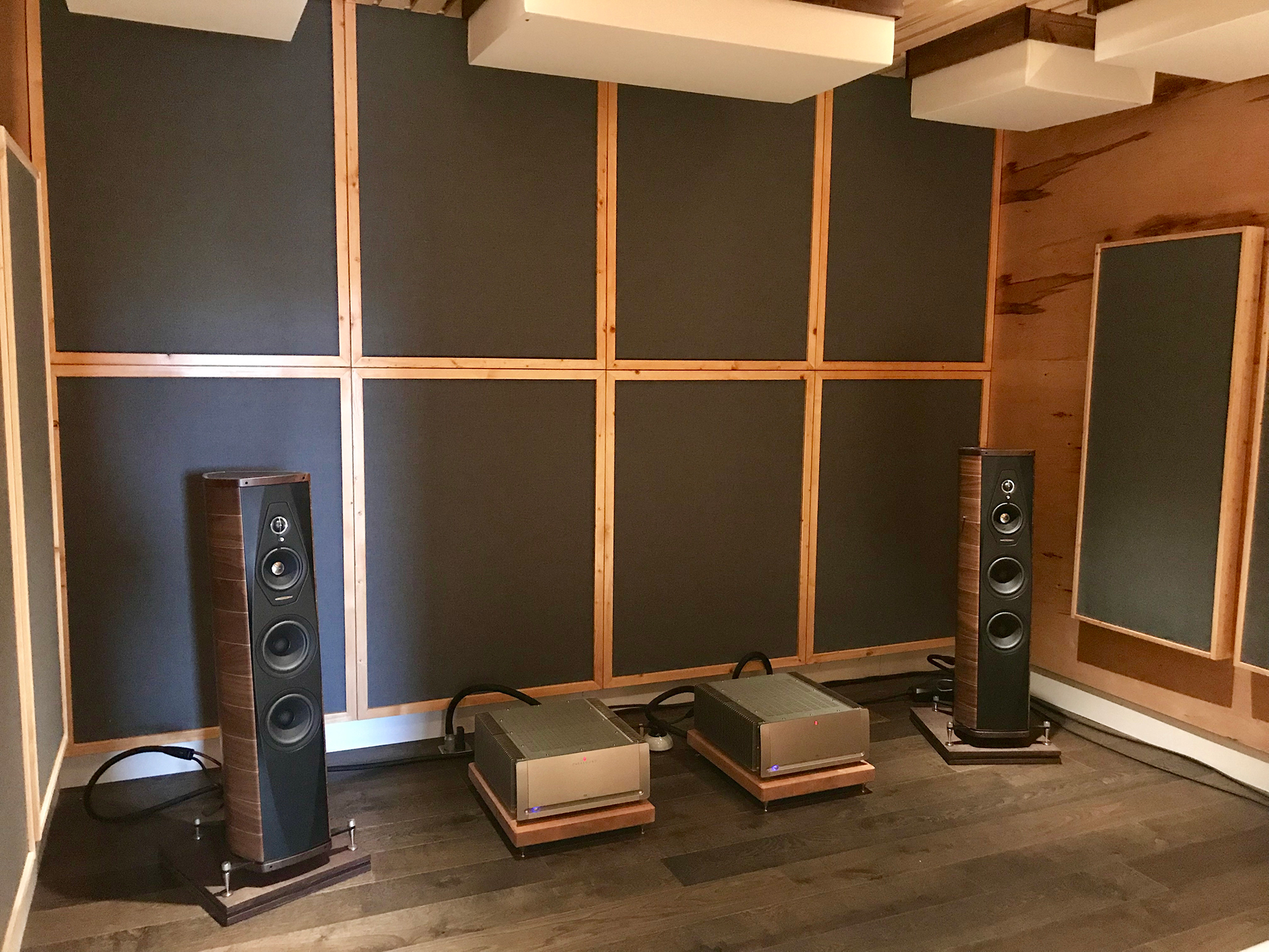Foam is a sound absorption technology. It has nothing to do with noise transmission. Therefore there is no such thing as noise cancelling foam. Foam is a tool to absorb middle and high frequency energy. Noise is never cancelled especially by something that is labelled noise cancelling foam. Foam is for sound absorption. It is designed to absorb excess energy from reflections from our room boundary surfaces. Noise is vibrational acoustics. You must build a barrier between the noise source and yourself.
The barrier design must reflect the frequency and amplitude of the noise you are trying to mitigate. Noise is managed. It is never eliminated. The goal is to reduce the noise transmission into your room by building a barrier that is strictly based upon noise measurements taken over one week. All noise must be quantified and qualified as to frequency and amplitude or strength. When I see the term noise cancelling foam I cringe. These words should never be used together.
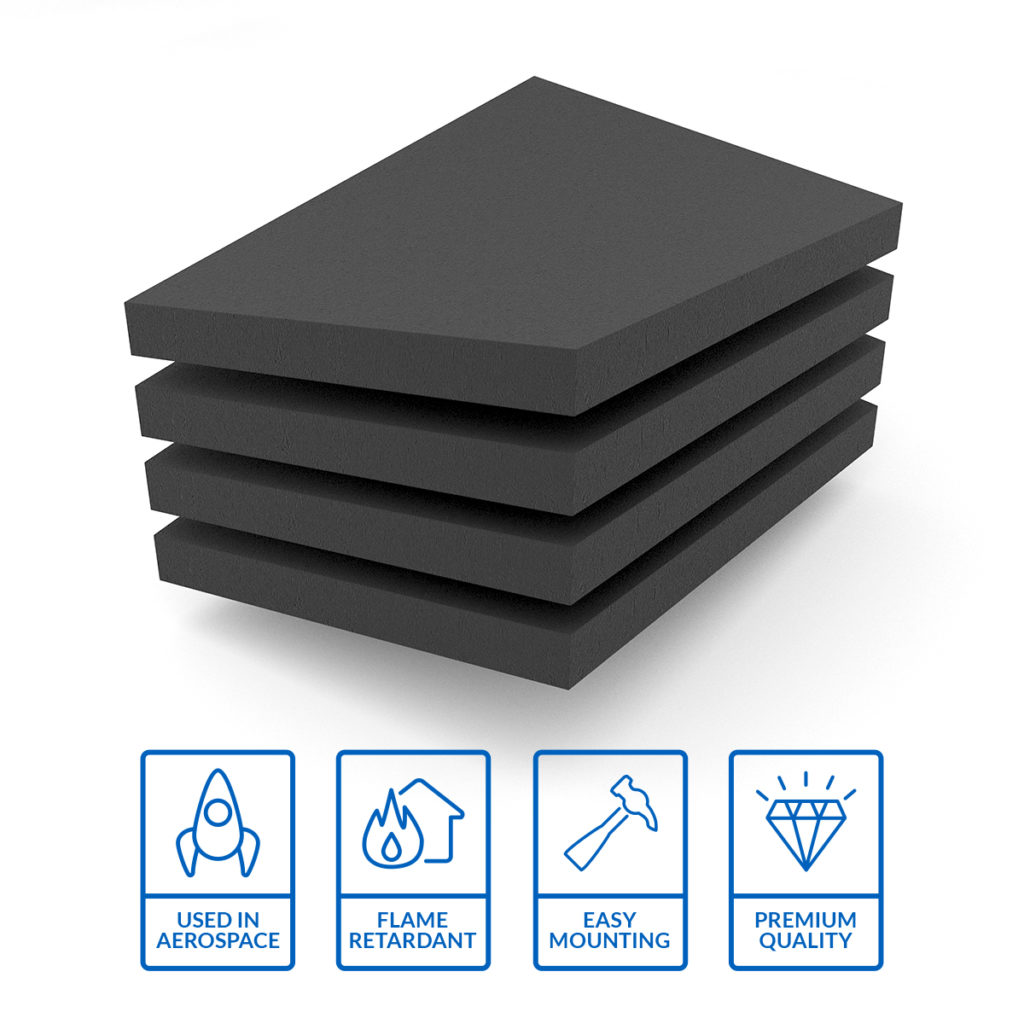
Measure The Noise In Your Room
All noise issues must first be measured. Noise contains two main parts. We have frequency which is defined as where the noise exists on the audio spectrum. It is measured in hertz (hz.). The second measurement is amplitude or strength of each frequency. Amplitude of each frequency is measured in dB or decibels. It is critical to know both the frequency and amplitude of each noise issue.
Unique Barrier Designs For Your Situation
It is critical because the barrier or structure that you will build is directly based upon the frequency and amplitude of the noise. Every material you use in your barrier design is based upon the strength of the noise and whether it is a lower or higher frequency. Frequencies of noise that are below 125 hz. require a completely different barrier type than frequency of noise above 125 hz. This is why it is so critical to measure noise frequency and amplitudes.
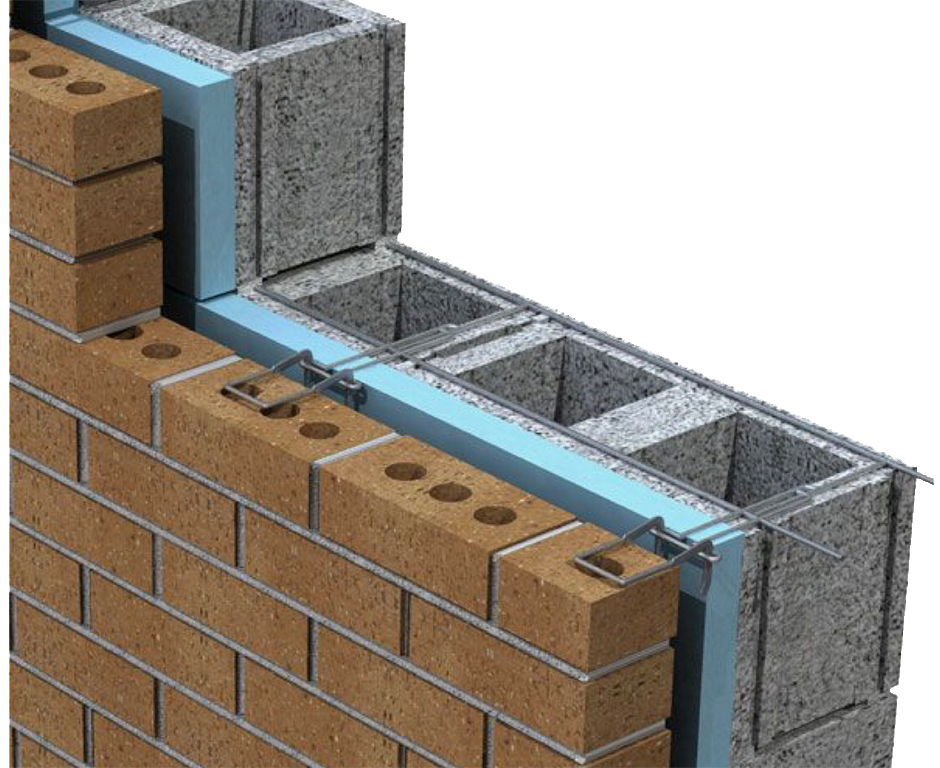
There’s No One Size Fits All In Room Acoustics
To mitigate the transmission of noise from a noise source to a receiver, you must build a barrier. A barrier is a permanent build structure that you will construct that is designed to deal specifically with the noise you have measured. Every material type that you use in the barrier design is based upon the frequency and amplitude of the noise numbers you have taken. Look at the barrier designs below.
Different Material Types For Different Applications
You will see that there are different material types, different thicknesses and different construction methodologies. Each design is to support a certain frequency range of noise. There is no one size fits all noise. With noise you must measure so that you do not waste money. With noise you do not want to spend one dollar more than you have to since you will never get those spent dollars back. The barrier stays with the property with no additional property value. Let’s use an example to illustrate.
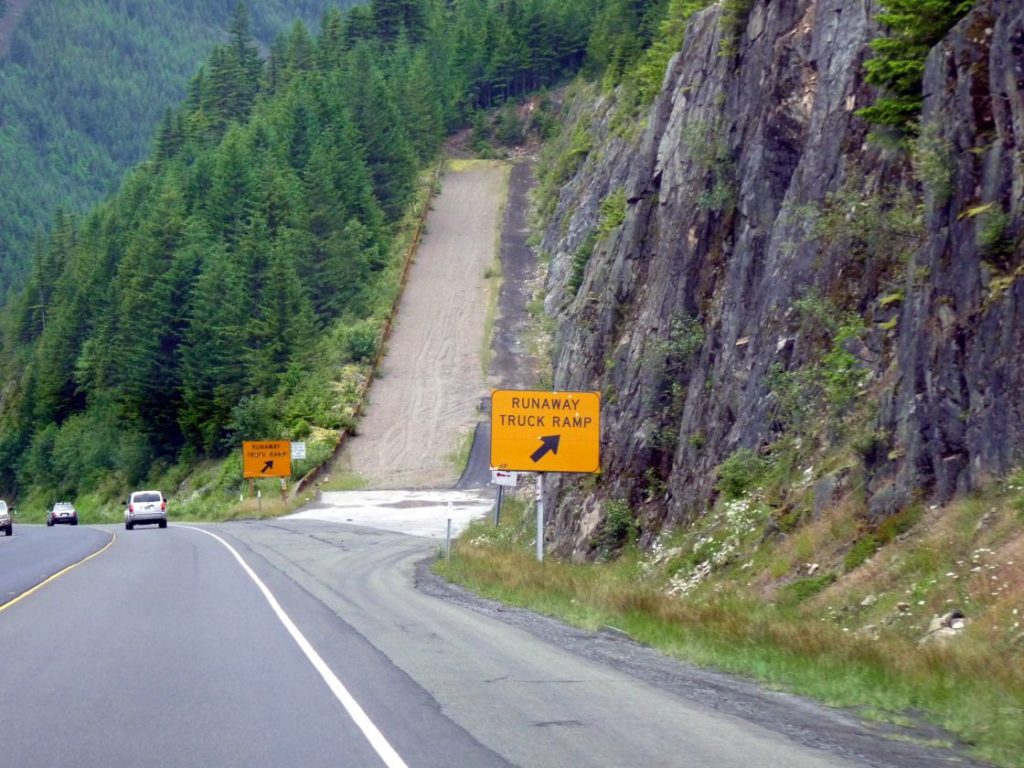
Reducing Noise Energy
When you are a truck driver in the mountains, you have exit ramps that you can use if you lose your brakes. The exit ramp is angled at a 45 degree angle to bleed off the forward momentum of the truck that has lost its brakes. The ramp uses gravity to bleed the energy from the truck. This is the same process we use with noise. We must reduce the energy from the noise by not using gravity but by using a series of layers of materials that are designed to be at a specific density to minimize the transmission of noise vibrations.
When air borne noise strikes a solid surface, it now becomes vibrations. Each frequency and amplitude of noise produces a different vibration signature that must be managed differently. Our goal with a barrier design is to bleed the vibrational strength of the noise signature to a point that it is much smaller when it comes out the other side of the barrier wall.
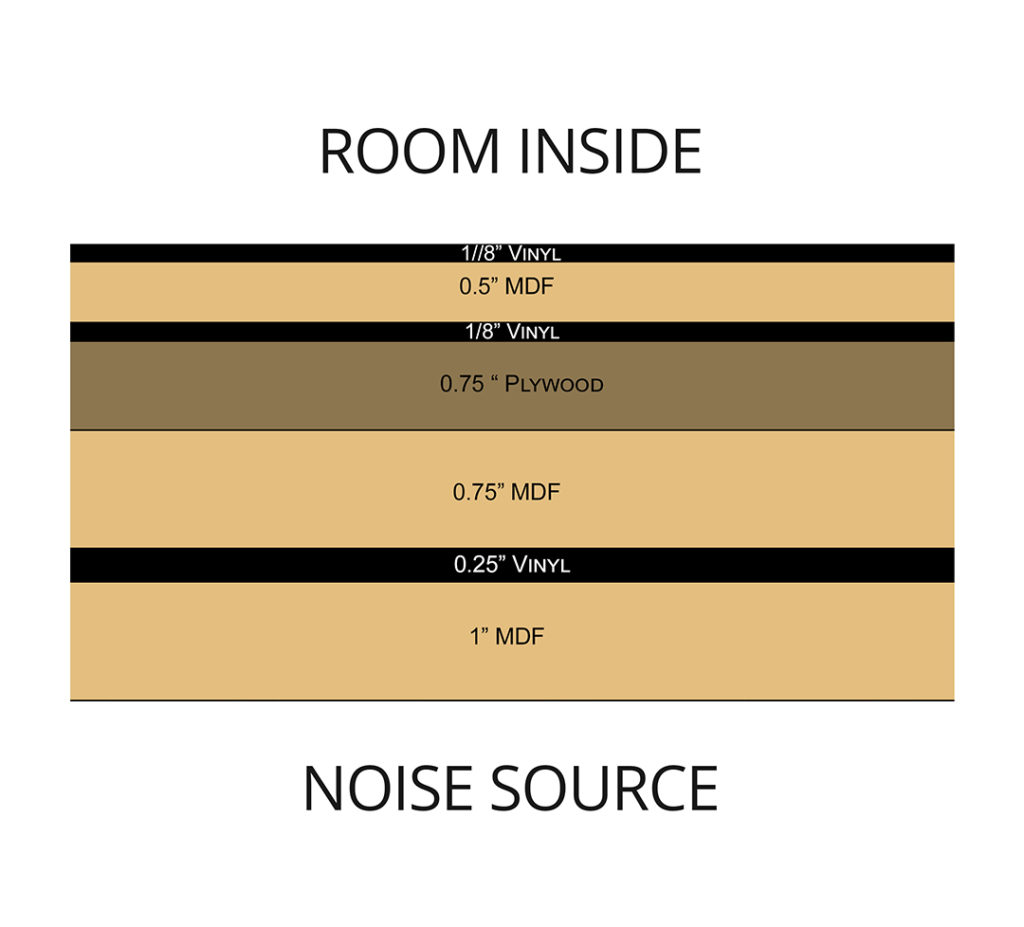
At Acoustic Fields, we have a simple noise measurement process. We have apps that you download on your phone. You follow the instructions in our educational video and take the noise measurements twice a day over a one week time period. You will take noise numbers on the quiet part of each day and the loudest part of each day. You record the noise data over a seven day time frame so we can achieve a complete picture of what noise occurs on what day. When we design a barrier, we must design for the loudest day which has the lowest frequency of noise. If we design for the maximums, the minimum noise days will be covered.


